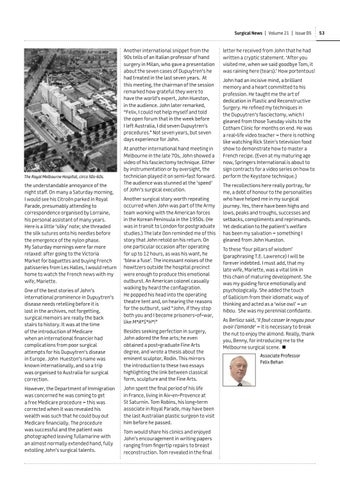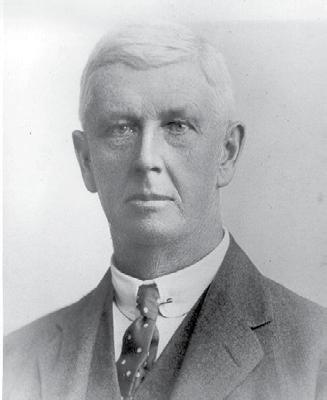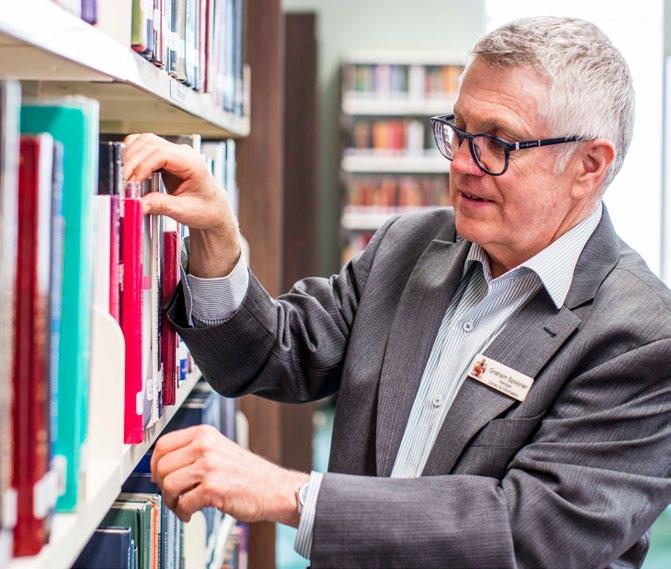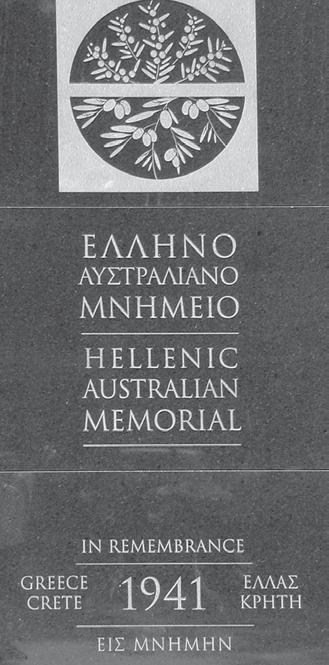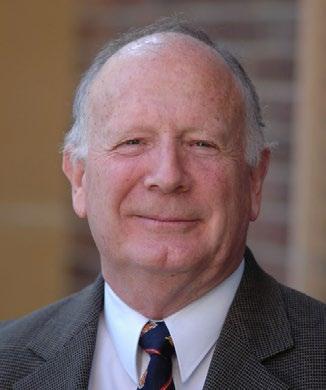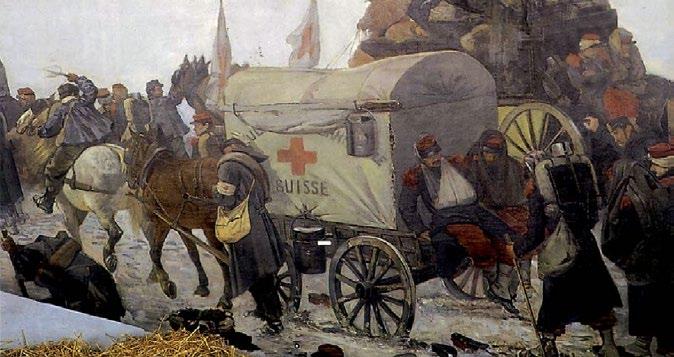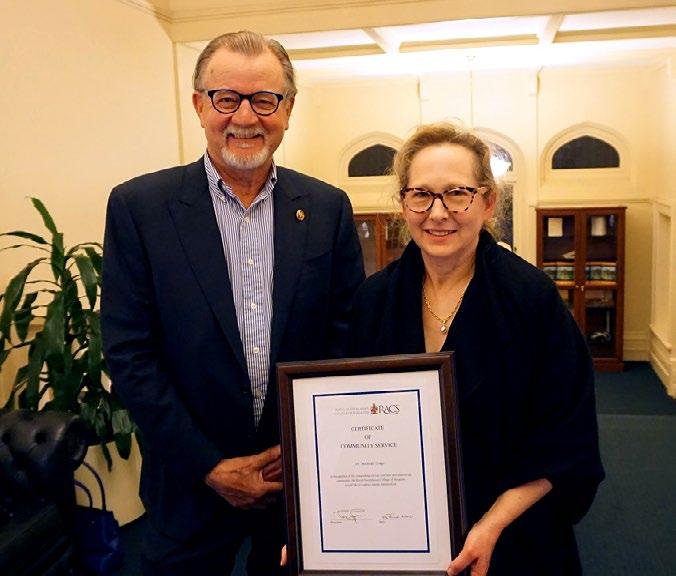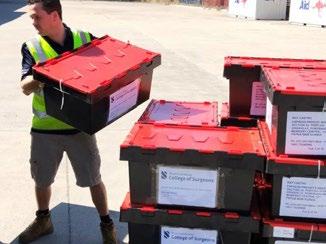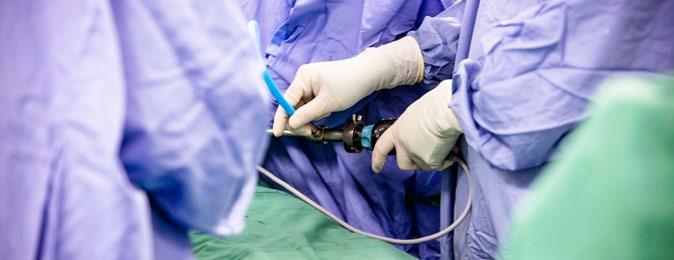Surgical News | Volume 21 | Issue 05
Another international snippet from the 90s tells of an Italian professor of hand surgery in Milan, who gave a presentation about the seven cases of Dupuytren’s he had treated in the last seven years. At this meeting, the chairman of the session remarked how grateful they were to have the world’s expert, John Hueston, in the audience. John later remarked, “Felix, I could not help myself and told the open forum that in the week before I left Australia, I did seven Dupuytren’s procedures.” Not seven years, but seven days experience for John.
The Royal Melbourne Hospital, circa 50s-60s.
the understandable annoyance of the night staff. On many a Saturday morning, I would see his Citroën parked in Royal Parade, presumably attending to correspondence organised by Lorraine, his personal assistant of many years. Here is a little ‘silky’ note; she threaded the silk sutures onto his needles before the emergence of the nylon phase. My Saturday mornings were far more relaxed: after going to the Victoria Market for baguettes and buying French patisseries from Les Halles, I would return home to watch the French news with my wife, Mariette. One of the best stories of John’s international prominence in Dupuytren’s disease needs retelling before it is lost in the archives, not forgetting, surgical memoirs are really the back stairs to history. It was at the time of the introduction of Medicare when an international financier had complications from poor surgical attempts for his Dupuytren’s disease in Europe. John Hueston’s name was known internationally, and so a trip was organised to Australia for surgical correction. However, the Department of Immigration was concerned he was coming to get a free Medicare procedure – this was corrected when it was revealed his wealth was such that he could buy out Medicare financially. The procedure was successful and the patient was photographed leaving Tullamarine with an almost normally extended hand, fully extolling John’s surgical talents.
At another international hand meeting in Melbourne in the late 70s, John showed a video of his fasciectomy technique. Either by instrumentation or by oversight, the technician played it on semi-fast forward. The audience was stunned at the ‘speed’ of John’s surgical execution. Another surgical story worth repeating occurred when John was part of the Army team working with the American forces in the Korean Peninsula in the 1950s. (He was in transit to London for postgraduate studies.) The late Don reminded me of this story that John retold on his return. On one particular occasion after operating for up to 12 hours, as was his want, he ‘blew a fuse’. The incessant noises of the howitzers outside the hospital precinct were enough to produce this emotional outburst. An American colonel casually walking by heard the conflagration. He popped his head into the operating theatre tent and, on hearing the reasons for the outburst, said “John, if they stop both you and I become prisoners-of-war, like M*A*S*H*!” Besides seeking perfection in surgery, John adored the fine arts; he even obtained a post-graduate Fine Arts degree, and wrote a thesis about the eminent sculptor, Rodin. This mirrors the introduction to these two essays highlighting the link between classical form, sculpture and the Fine Arts. John spent the final period of his life in France, living in Aix-en-Provence at St Saturnin. Tom Robins, his long-term associate in Royal Parade, may have been the last Australian plastic surgeon to visit him before he passed. Tom would share his clinics and enjoyed John’s encouragement in writing papers ranging from fingertip repairs to breast reconstruction. Tom revealed in the final
letter he received from John that he had written a cryptic statement. ‘After you visited me, when we said goodbye Tom, it was raining here (tears).’ How portentous! John had an incisive mind, a brilliant memory and a heart committed to his profession. He taught me the art of dedication in Plastic and Reconstructive Surgery. He refined my techniques in the Dupuytren’s fasciectomy, which I gleaned from those Tuesday visits to the Cotham Clinic for months on end. He was a real-life video teacher – there is nothing like watching Rick Stein’s television food show to demonstrate how to master a French recipe. (Even at my maturing age now, Springers International is about to sign contracts for a video series on how to perform the Keystone technique.) The recollections here really portray, for me, a debt of honour to the personalities who have helped me in my surgical journey. Yes, there have been highs and lows, peaks and troughs, successes and setbacks, compliments and reprimands. Yet dedication to the patient’s welfare has been my salvation – something I gleaned from John Hueston. To these ‘four pillars of wisdom’ (paraphrasing T.E. Lawrence) I will be forever indebted. I must add, that my late wife, Mariette, was a vital link in this chain of maturing development. She was my guiding force emotionally and psychologically. She added the touch of Gallicism from their idiomatic way of thinking and acted as a ‘wise owl’ – un hibou. She was my perennial confidante. As Berlioz said, ‘Il faut casser le noyau pour avoir l’amande’ – it is necessary to break the nut to enjoy the almond. Really, thank you, Benny, for introducing me to the Melbourne surgical scene. Associate Professor Felix Behan
53
